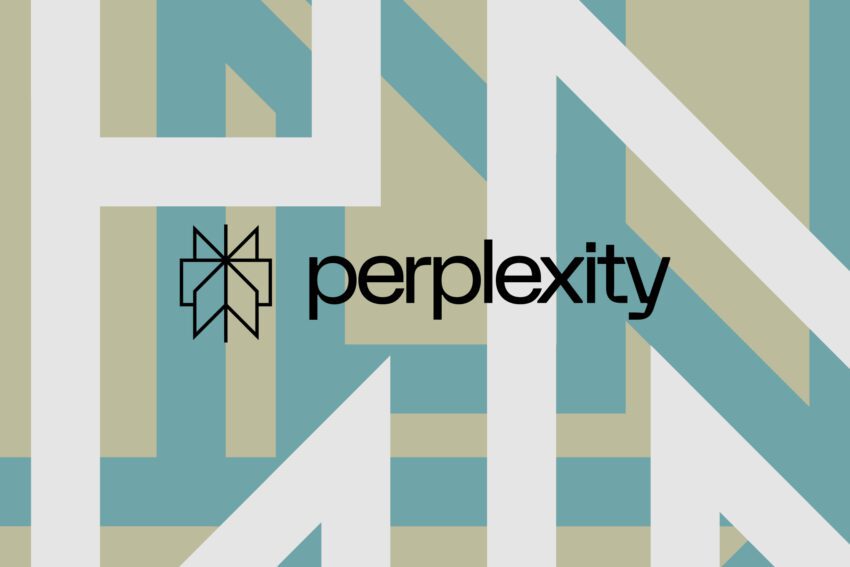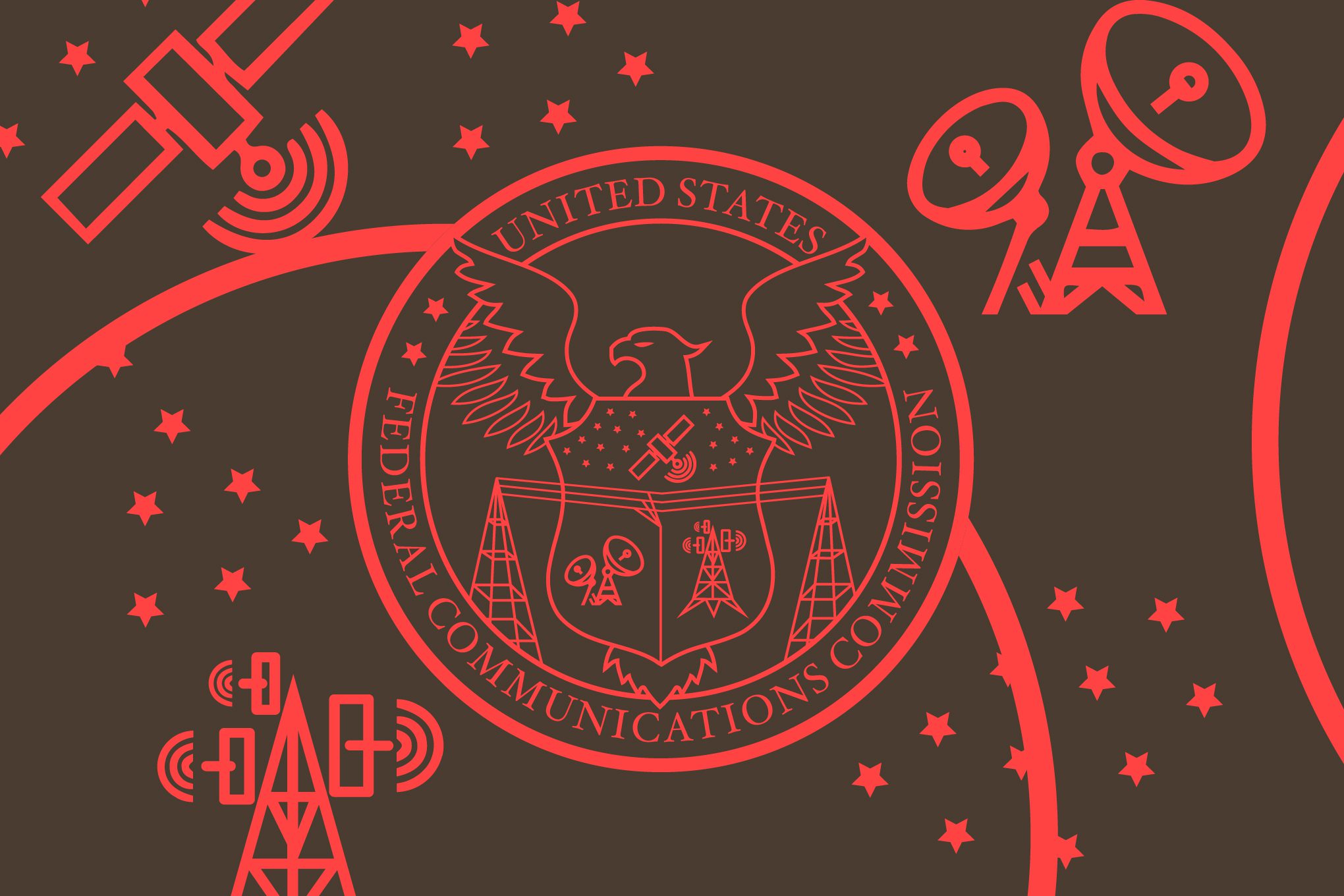
perplexity s new ai tool aims to Perplexity has introduced an innovative AI-powered tool designed to streamline the often complex and cumbersome process of patent research.
perplexity s new ai tool aims to
Understanding the Challenges of Patent Research
Patent research is a critical component of innovation and intellectual property management. However, it is also notoriously difficult and time-consuming. Inventors, researchers, and legal professionals often face significant hurdles when trying to navigate the vast landscape of existing patents. Traditional search methods typically require users to input specific keywords, which can lead to incomplete or irrelevant results. This limitation can hinder the ability to identify existing patents that may be similar to new inventions or ideas.
The complexity of patent language, combined with the sheer volume of patents filed globally, makes it challenging for individuals and organizations to conduct thorough research. According to the United States Patent and Trademark Office (USPTO), millions of patents have been granted since the inception of the patent system, and this number continues to grow exponentially. As a result, the need for a more intuitive and efficient search mechanism has never been more pressing.
Perplexity’s AI-Powered Solution
In response to these challenges, Perplexity has launched its new patent research agent, which leverages artificial intelligence to simplify the search process. This tool allows users to conduct patent searches using natural language queries, rather than relying solely on keyword strings. This advancement represents a significant shift in how patent research can be approached.
Natural Language Processing in Patent Searches
Natural language processing (NLP) is a branch of artificial intelligence that focuses on the interaction between computers and human language. By utilizing NLP, Perplexity’s tool enables users to input queries in a conversational manner. For instance, a user might ask, “Are there any patents on AI language learning?” or “What are the key quantum computing patents since 2024?” The AI then processes these queries and returns relevant results, complete with AI-generated summaries of each patent.
This capability not only enhances user experience but also increases the likelihood of discovering pertinent patents that might otherwise be overlooked. By understanding the context and intent behind a query, the AI can provide a more comprehensive set of results, thereby facilitating a more effective research process.
Beyond Exact Keyword Matches
One of the standout features of Perplexity’s patent research tool is its ability to extend beyond exact keyword matches. This means that when a user searches for a term like “fitness trackers,” the tool will also surface patents filed under related terms such as “activity bands,” “step-counting watches,” and “health monitoring watches.” This broader search capability is crucial for researchers who may not be aware of all the terminology associated with their area of interest.
By capturing synonyms and related concepts, the tool helps users uncover a wider array of relevant patents, which can be particularly beneficial in fast-evolving fields like technology and healthcare. This feature addresses a common pitfall in traditional patent searches, where users may miss out on important patents simply because they used different terminology.
Comprehensive Search Capabilities
In addition to patent databases, Perplexity’s tool can also search through academic papers, public software repositories, and other sources for prior art. This comprehensive approach is vital for anyone looking to ensure that their invention is truly novel and does not infringe on existing patents. Prior art refers to any evidence that an invention is already known, which can include patents, publications, and other publicly available information.
By integrating various sources into its search capabilities, Perplexity aims to provide a holistic view of the intellectual property landscape. This can help inventors and researchers make informed decisions about their projects and avoid potential legal pitfalls associated with patent infringement.
Accessibility and User Experience
To encourage widespread adoption, Perplexity is offering its patent research tool for free during its beta phase. This initiative allows users from various backgrounds—whether they are independent inventors, startups, or established corporations—to access advanced patent research capabilities without financial barriers. The free access is a strategic move to gather user feedback and refine the tool before its official launch.
For those who require more extensive usage, Perplexity offers Pro and Max subscription tiers, which come with additional usage quotas and configuration options. These premium features are designed for users who may need to conduct more frequent or complex searches, such as patent attorneys or large research teams.
How to Use the Tool
Using Perplexity’s patent research tool is straightforward. Users can simply visit the Perplexity website and enter their search query directly into the search bar. The AI then processes the input and generates a list of relevant patents, complete with summaries that highlight key aspects of each patent. This user-friendly interface is designed to make patent research accessible to individuals who may not have a legal background.
Implications for Inventors and Businesses
The introduction of Perplexity’s AI-powered patent research tool has significant implications for inventors, businesses, and the broader innovation ecosystem. By simplifying the patent search process, the tool empowers users to conduct more thorough research, which can lead to more informed decision-making regarding product development and intellectual property strategy.
For startups and independent inventors, having access to a robust patent research tool can be a game-changer. It allows them to identify potential competitors and assess the landscape before investing time and resources into developing new products. This proactive approach can help mitigate risks associated with patent infringement and enhance the likelihood of successful innovation.
Reactions from Stakeholders
Reactions to Perplexity’s new tool have been largely positive, particularly among those who have experienced the challenges of patent research firsthand. Patent attorneys and intellectual property professionals have expressed enthusiasm about the potential for AI to streamline their workflows and improve the accuracy of their searches.
Moreover, educators and researchers in the fields of law and technology have noted that the tool could serve as an educational resource for students learning about intellectual property. By providing a more intuitive way to explore patents, it may foster a deeper understanding of the patent system and its importance in fostering innovation.
The Future of Patent Research
As artificial intelligence continues to evolve, the potential applications in the realm of patent research are vast. Perplexity’s tool is just one example of how AI can be harnessed to address long-standing challenges in the field. Future developments may include even more advanced features, such as predictive analytics that could forecast patent trends or identify emerging areas of innovation.
Additionally, as more users engage with the tool and provide feedback, Perplexity may refine its algorithms to enhance accuracy and relevance further. This iterative process will be crucial in ensuring that the tool remains effective as the landscape of patents and technology evolves.
Conclusion
Perplexity’s new AI-powered patent research tool represents a significant advancement in the way patent searches can be conducted. By leveraging natural language processing and comprehensive search capabilities, the tool simplifies a traditionally complex process, making it more accessible to a broader audience. As the tool continues to evolve, it has the potential to transform patent research and empower innovators across various industries.
Source: Original report
Was this helpful?
Last Modified: October 31, 2025 at 6:38 pm
3 views















